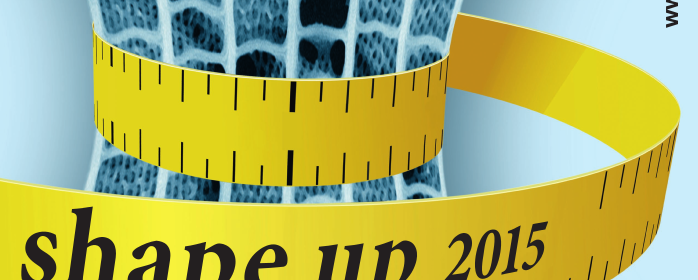The evolution of the spatial structure of foams, during mechanical shear but also during diffusive coarsening, occurs by continuous geometric deformations maintaining cell topology interspersed with sudden topological transitions when cells change neighborhood. Following a topological transition, the foam undergoes significant and large-scale geometric deformations. This animation shows an animation of the Surface Evolver simulations of sheared foams, used as the basis of the analysis in Evans et al, PRL 111, 138301 (2013).
Animation with Plateau borders: (mp4)
Animation without Plateau borders: (mov)
We have used these simulation techniques to study the stress propagation in foams, as published in Evans et al: Quasistatic simple shearing flow of random monodisperse soap froth is investigated by analyzing surface evolver simulations of spatially periodic foams. Elastic-plastic behavior is caused by irreversible topological rearrangements (T1s) that occur when Plateau’s laws are violated; the first T1 determines the elastic limit and frequent T1 avalanches sustain the yield-stress plateau at large strains. The stress and  shape anisotropy of individual cells is quantified by Q, a scalar derived from an interface tensor that gauges the cell’s contribution to the global stress. During each T1 avalanche, the connected set of cells with decreasing Q, called the stress release domain, is networklike and nonlocal. Geometrically, the networklike nature of the stress release domains is corroborated through morphological analysis using the Euler characteristic. The stress release domain is distinctly different from the set of cells that change topology during a T1 avalanche. Our results highlight the connection between the unique rheological behavior of foams and the complex large-scale cooperative rearrangements of foam cells that accompany distinctly local topological transitions. (this is the abstract of Evans et al)
shape anisotropy of individual cells is quantified by Q, a scalar derived from an interface tensor that gauges the cell’s contribution to the global stress. During each T1 avalanche, the connected set of cells with decreasing Q, called the stress release domain, is networklike and nonlocal. Geometrically, the networklike nature of the stress release domains is corroborated through morphological analysis using the Euler characteristic. The stress release domain is distinctly different from the set of cells that change topology during a T1 avalanche. Our results highlight the connection between the unique rheological behavior of foams and the complex large-scale cooperative rearrangements of foam cells that accompany distinctly local topological transitions. (this is the abstract of Evans et al)
Publications:
Evans et al, Networklike Propagation of Cell-Level Stress in Sheared Random Foams , Phys Rev Lett 111, 138301 (2013)
Authorship:
This animation was produced by Myfanwy Evans, from Surface Evolver data produced in cooperation with Andrew Kraynik.









 MPI environment. Developed by Sebastian Kapfer, partially while spending some time in the Applied Maths group at the Australian National University.
MPI environment. Developed by Sebastian Kapfer, partially while spending some time in the Applied Maths group at the Australian National University.